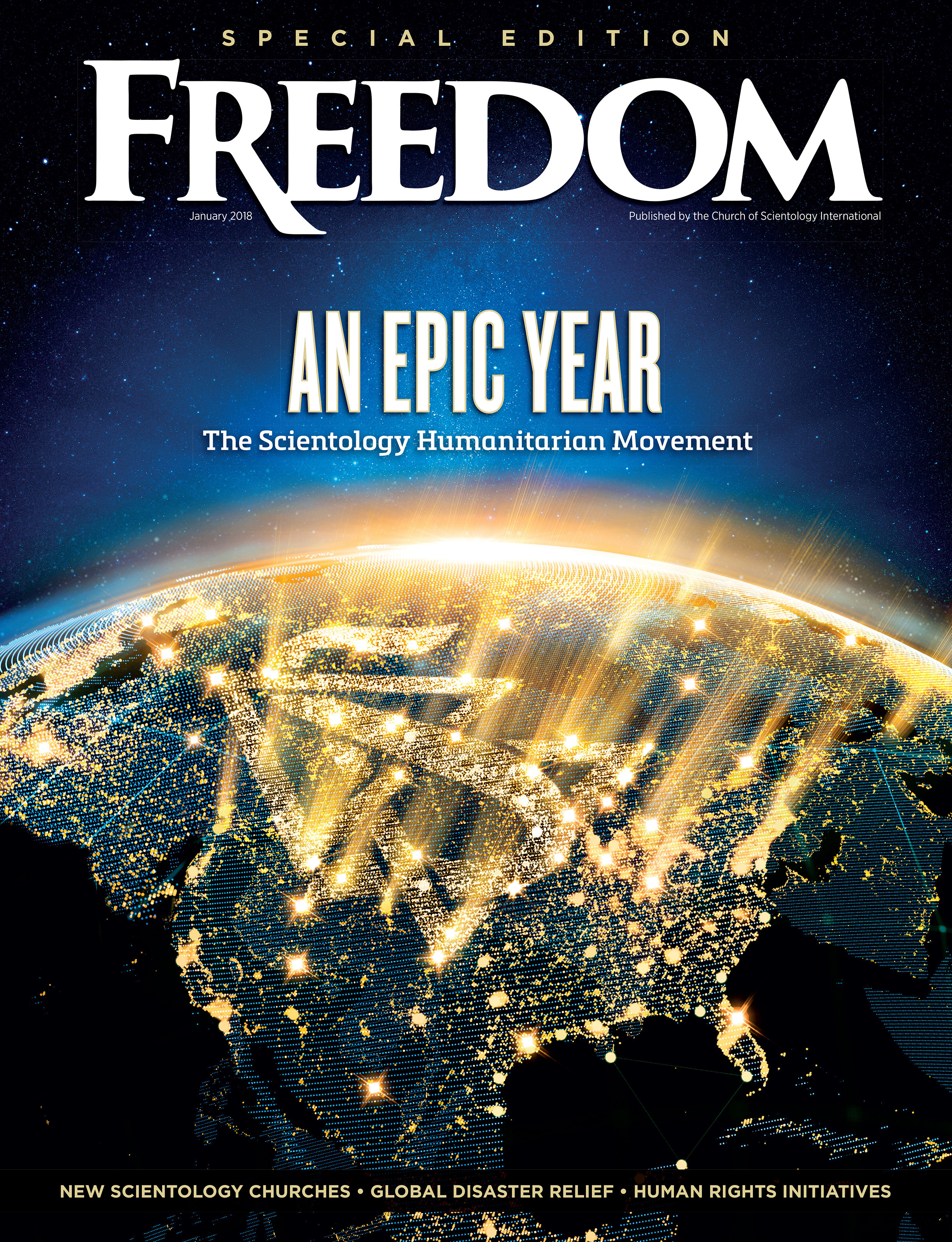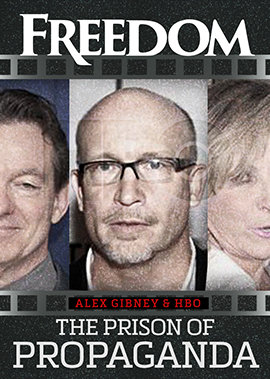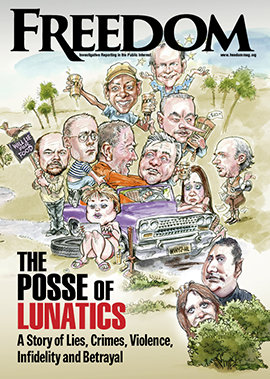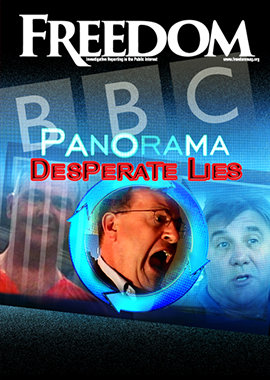She knew the swastika drawn in her middle school bathroom was for her. As were the coins tossed at her in the hallway and the taunts to go retrieve them. The daily verbal abuse of “dirty Jew” and “kike” were generally confined to the school and playground, but the physical violence happened on the school bus where there was less supervision. In any case, friends didn’t come to her defense. No one wanted to be another target.
More than one third of all parents surveyed reported their children have witnessed or been targeted by antisemitism at school.
Wait—these abuses happened here? In the home of religious freedom? The land of the free? Not in some religion-repressed backwater tyranny? Yes, and it’s not just an adult cancer found only on Main Street, in shops, parks and neighborhoods—but with our children as well, in the classrooms and schoolyards.
Because hate begins young. The number of antisemitic incidents in non-Jewish K–12 schools more than doubled from 495 in 2022 to 1,162 in 2023, the latest year on record, according to the Anti-Defamation League (ADL).
Research conducted by the ADL Center for Antisemitism Research (CAR) links Holocaust education and the reduction of antisemitism. The same survey indicated that curriculums that include education on the Holocaust and antisemitism heightens the likelihood that classroom antisemitic incidents will get reported in the first place.

A parallel CAR survey this past October revealed that 84 percent of Americans support antisemitism education in K–12 schools, while 89 percent support Holocaust education specifically; unfortunately, there is a disconnect between the wish and the reality. Despite the huge endorsement for these forms of education, only 21 percent of parents surveyed said their child’s school included antisemitism education, and only 30 percent said the Holocaust was included in the curriculum. A meager 15 percent were educated in both subjects.
Holocaust education is required in only 29 states.
More than one third of all parents surveyed reported their children have witnessed or been targeted by antisemitism at school. But with parents whose children did not receive antisemitism education less likely—by 46 percent—to report an incident of bias or bigotry, the rate of antisemitic incidents in schools is likely much higher.
“Education,” according to the ADL, “can be a powerful weapon against antisemitism, as evidenced by both ADL research showing a significant relationship between Holocaust education and a reduction in antisemitic attitudes and by widespread public support for Holocaust and antisemitism education in schools.”
As an urgent solution, ADL recommends school districts and education leaders take immediate steps to include education on anti-Jewish hate, mandate the studies of genocide and the Holocaust, inspect lesson plans to ensure there is no hint of bias and install simple and safe procedures available for students, staff and parents to report incidents of hate or antisemitism.
While the findings of the CAR survey are grim, they open the door to a resolution of the scourge of antisemitism at the point in life when a person is most vulnerable: childhood. The answer is simple, almost too simple to credit: education—something every school specializes in.
As ADL states, “The time to act is now; the tools are available, and public endorsement is clear—let’s use education to build a foundation of zero tolerance for antisemitism.”






















